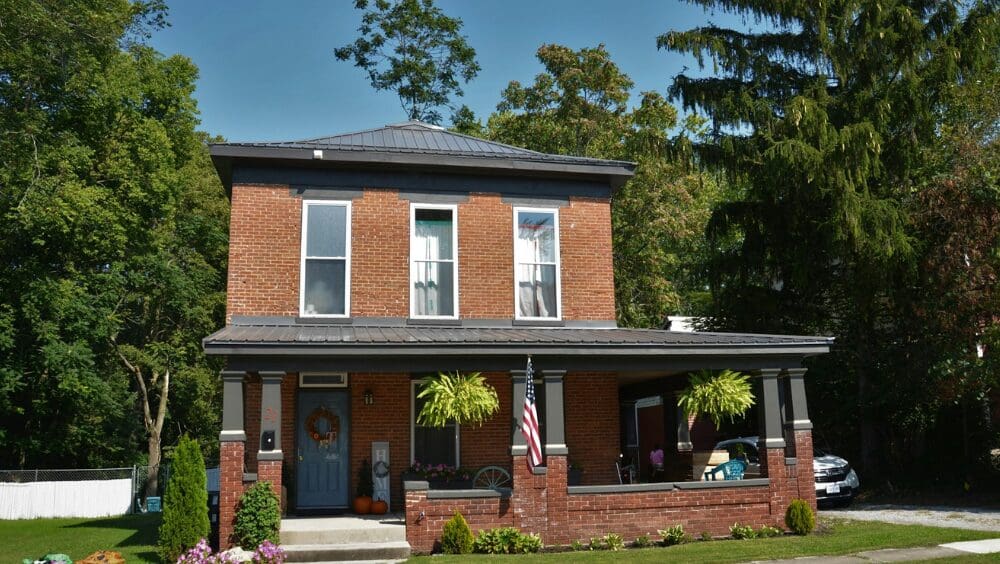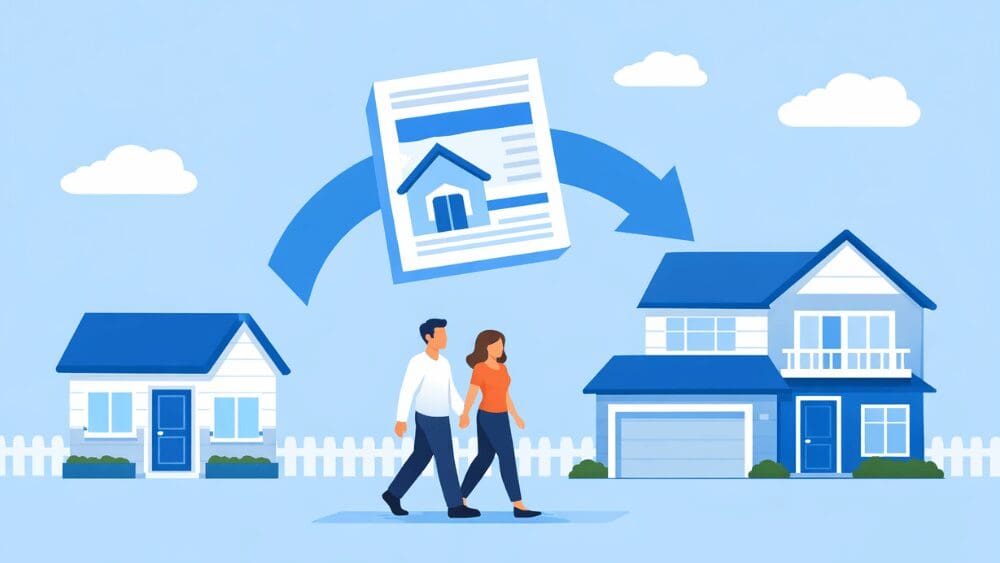
Navigating the real estate market in Nevada can be a challenging journey, especially when you’re trying to sell your old home and buy a new one simultaneously. This balancing act of timing and funds becomes even more daunting in a market where inventory is low and prices are high. For many homeowners, it might seem like the only viable option is to sell, move out, and temporarily relocate while searching for that perfect new house. Enter the bridge loan, a potential game-changer for your property transition. In this post, we’ll explore how a bridge loan could be the key to unlocking your homebuying and selling goals in Nevada. A bridge loan is your stepping stone in the real estate world, especially when you’re in the midst of selling your current home while eyeing a new one. Think of it as a financial bridge that connects the gap between the sale of your existing property and the purchase of your next home. This type of short-term loan leverages the equity in your current home, providing you with the necessary funds to make a down payment and handle closing costs on your new property. While bridge loans are generally more expensive compared to traditional mortgages, they offer a significant advantage: speed and convenience. They enable you to swiftly secure your new home in Nevada without the pressure of waiting for your old home to sell. Imagine you’ve found the perfect new home but haven’t sold your current one yet. A bridge loan steps in here, acting as a financial lifeline in this transitional phase. Here’s a glimpse of how it typically works in such a scenario: The equity edge: You tap into the equity of your existing Nevada home to fund the down payment and closing costs of your new property. This approach is especially beneficial in Nevada’s tight real estate market, where waiting to sell first could mean losing out on your ideal home. The entity behind the loan: More often than not, the lender managing the mortgage for your new Nevada home will also extend the bridge loan. They typically require that your current home is on the market and offer the bridge loan for a duration of six months to a year. The balancing of debt: Your lender will assess your debt-to-income ratio (DTI), taking into account the payments for both your existing mortgage and your new home, along with any interest-only payments for the bridge loan. However, if your existing home is already in the process of being sold, with the buyer’s loan approved, the lender might only consider the mortgage payment of your new home for the DTI calculation. Lenders what assurance that even if your current Nevada home doesn’t sell immediately, you’re not stretched too thin financially. A bridge loan can provide several advantages that make your Nevada home-buying journey smoother and more flexible: These benefits combine to make bridge loans a strategic solution for Nevada homeowners who need financial flexibility before the proceeds from their home sale become available. While bridge loans offer significant advantages, it’s important to be aware of their potential drawbacks: Being mindful of these drawbacks is crucial when considering a bridge loan for your real estate needs.What is a bridge loan?
How does a bridge loan work in Nevada?
What are the benefits of a bridge loan in Nevada?
What are the drawbacks of a bridge loan?



